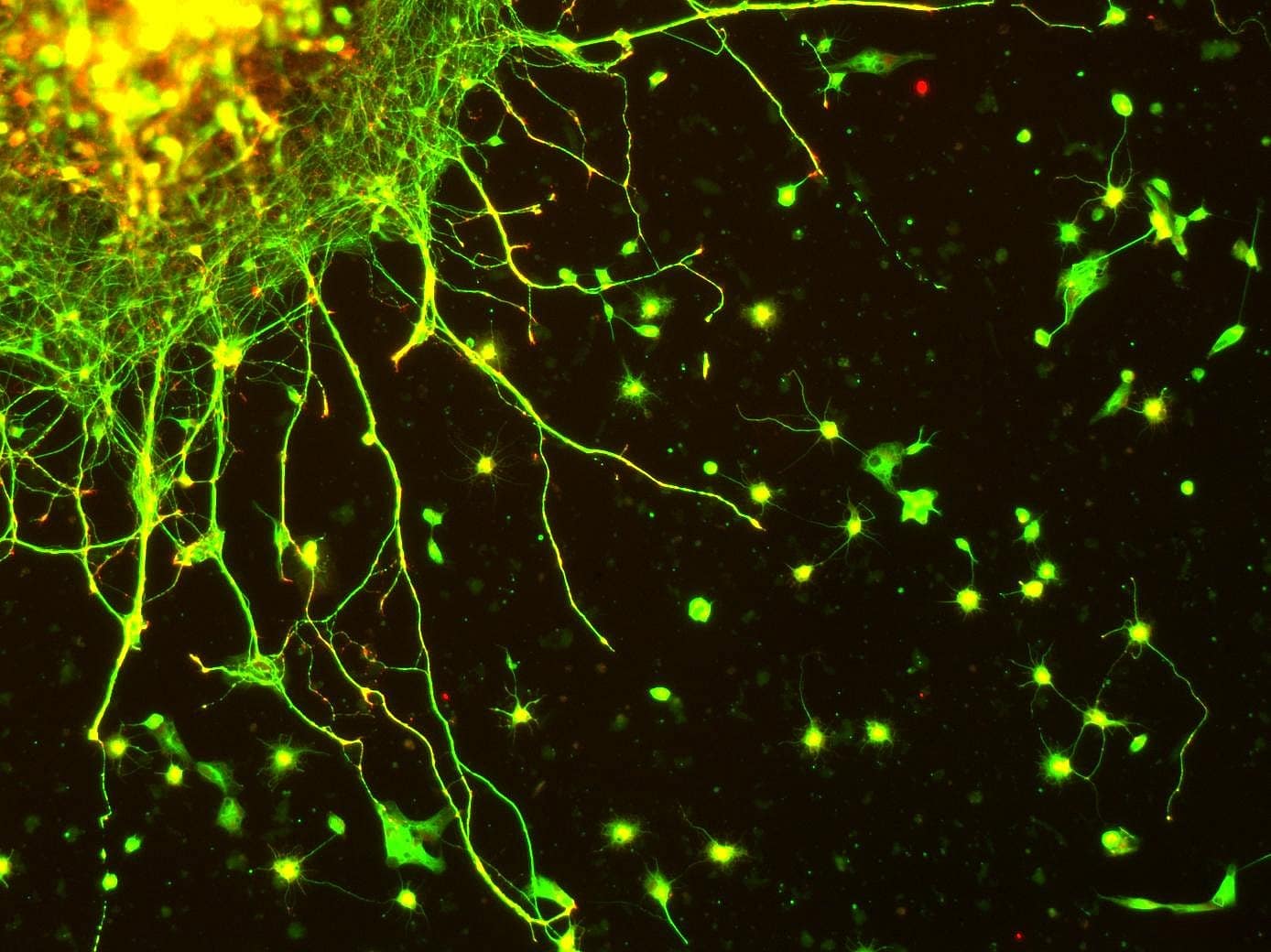ADHD is a common disorder that suffers from many misconceptions. For example, do you also think that ADHD is caused by a lack of dopamine in the brain? In this blog post, I explain why this is not true.
Can you imagine it is possible to improve cognitive functioning only by sitting regularly for a few minutes on a vibrating chair? In our studies, we demonstrated that Whole Body Vibration (WBV) can be of potential value in the treatment of patients with ADHD!
Sluggish Cognitive Tempo (SCT) is currently one of the emerging themes in research on attention-deficit/hyperactivity disorder (ADHD). Indeed SCT is considered to be the new “real attention disorder”. The question is whether there is enough evidence for the establishment of a new disorder.
There is a lot of discussion about the pharmacological treatment of ADHD. This discussion, however, might miss an important aspect, namely whether our general understanding of how pharmacological treatments work in developmental diseases is correct. I say, we miss our opportunities!
Common sense psychology predicts that people with Attention Deficit Hyperactivity Disorder (ADHD) run more risks, because they are more impulsive than people without ADHD. We systematically reviewed the scientific literature and discovered that this presumption may not be true.
Adults with ADHD are at high risk to be confronted with negative attitudes and beliefs which can be described as stigmatization. In our research group at the Department of Clinical and Developmental Neuropsychology, we developed a disease specific assessment tool, measuring various facets of stigmatization towards adults with ADHD.
Adults with ADHD have long been known to have problems with so-called executive functions, such as planning, organizing and structuring. Recent studies also suggested memory impairments. In thorough analysis, we showed that adults with ADHD do not have an increased forgetfulness, however that memory is adversely affected by executive dysfunctions.







